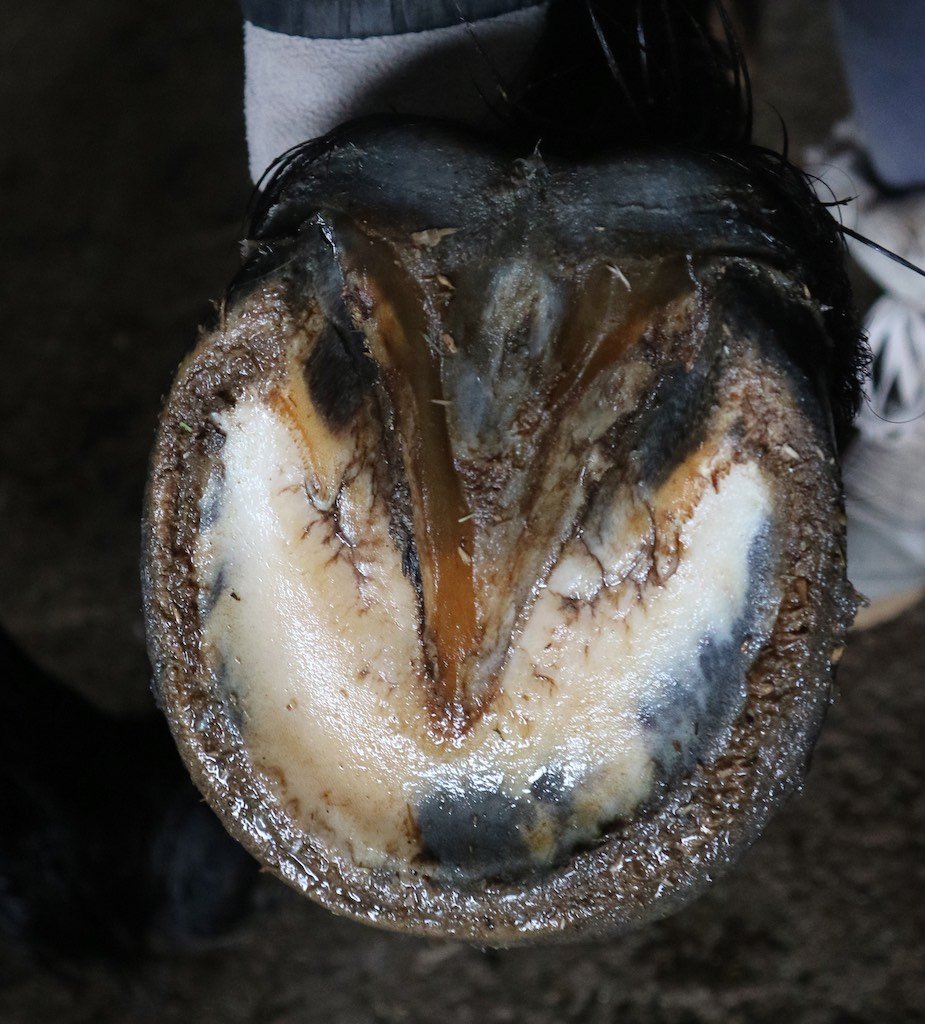5 ways to improve posture
Free movement is crucial in creating good posture.
When talking about how to create good posture in horses, we often get tangled in debates about correct ways of training, the effects of the rider, how long we should make our longeing sessions and so on. But there is more to creating good posture than training. Sure, the one hour (or less) the horse spends in training each day will have a big effect, but what about the other 23 hours? Those have a huge impact on posture as well. Here are five ways to improve your horse's posture without having to put him on the longe or riding him.
1. A healthy living environment
How the horse lives is crucial to how he feels and how he carries himself. When a horse is kept in a stall with minimal opportunity to move, he loses the option of strengthening the muscles needed for good posture on his own. In addition to that a lot of horses stand in their stalls with their head high, looking out. A high head and the hollow back that comes with it is not what we want. Form follows function. If the horse stands with his head high for eight hours every day and is trained in good posture for one hour, the body will sooner adapt to the first posture, making the head high-back hollow position the »default« mode. Horses need to move in their spare time.
2. Eating position
This is a similar point to the first one. A horse spends a significant amount of time eating, so the posture he eats in will have a big impact on his soft tissues. The most natural way for a horse to eat is from the ground. In this eating posture, his neck muscles are relaxed, his back is not sagging and he is not using too much muscular effort. If the horse is fed from higher up, he will have to recruit more muscles to maintain this position. This is especially true for anything being fed higher than elbow level. Feeding from the ground can be difficult, especially if you are using nets. A box feeder with a net placed inside might be a good option. All of that said, different feeding positions are actually great, when provided in moderation. So, a horse nibbling on trees or bushes, or eating from higher up for a smaller amount of time is actually a good thing!
This kind of feeding position will reinforce bad posture in the long run.
3. Reducing stress
Chronic stress wreaks havoc on the horse's body. It has all sorts of negative effects on his hormone balance, digestion and immune system. Horses that are stressed tend to adopt a posture that reflects it. A stressed horse will stand with his head high, back hollow, ready to flee at any moment. Chronic stress will also prevent the horse from building the muscles he needs to develop good posture and will prevent him from feeling good in his body. We feel the best in our bodies when we are relaxed – and horses do too. And feeling good in their bodies is crucial in developing healthy posture.
4. Hoof balance
No foot no horse. You can have perfect living conditions, a perfect training regime and perfect diet, but if your horse's feet aren't balanced, good posture will be very difficult to achieve. Horses feel the ground underneath through their feet and this system of communication is crucial in helping the horse make tiny adjustments in posture to better suit the minute changes in the ground. Only a healthy hoof can be an efficient communication system. The hoof mechanism has to be working, the blood needs to be pumping and the nerves need to be firing. This will not happen if the heels are contracted, the toes are too long, or the feet hurt because of thrush.
Be sure to keep an eye out on any minor imbalances in the feet.
5. Regular dental work
Just as important as keeping the feel balanced is keeping the teeth balanced. The balance of the teeth affects the motion of the temporomandibular (jaw) joint. The motion of the TMJ affects the motion of the poll. The motion of the poll affects the motion of the neck... You get the gist. Regular dental visits are a must!


